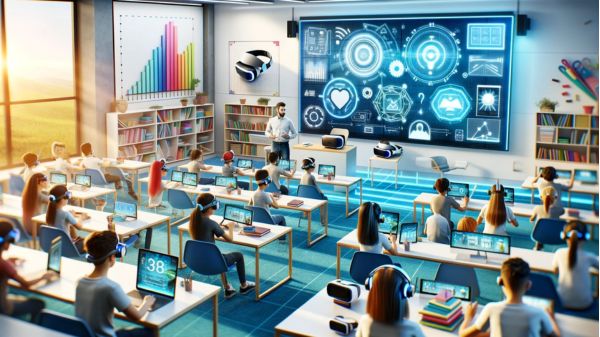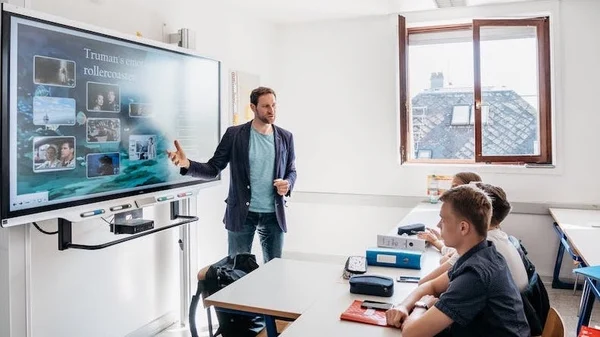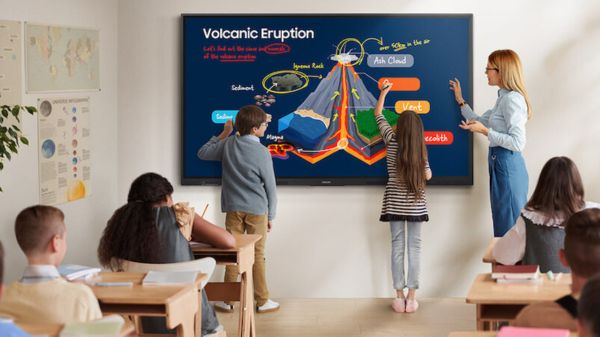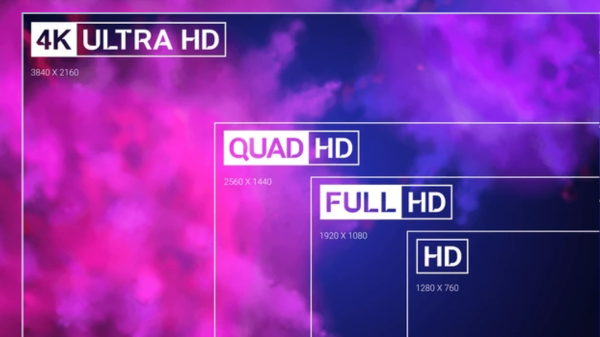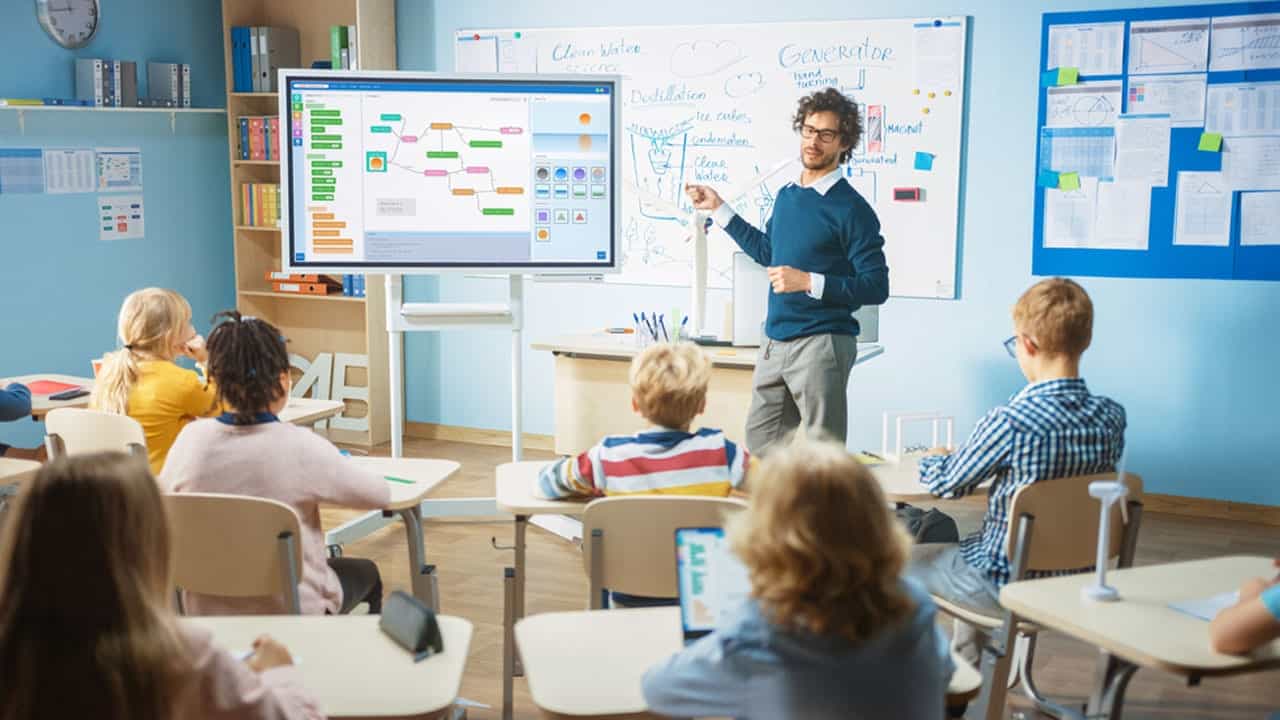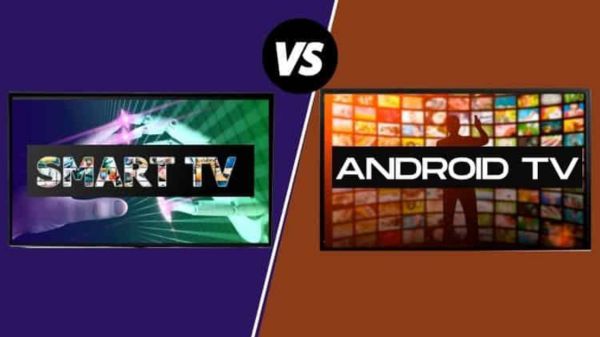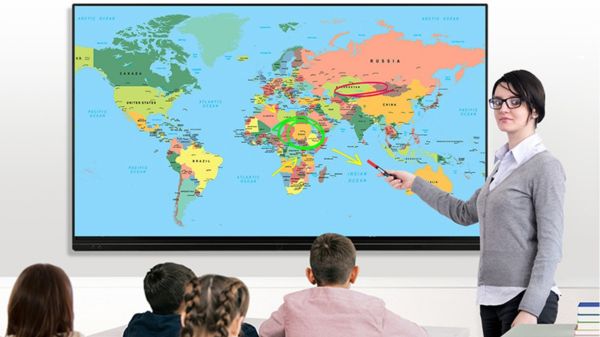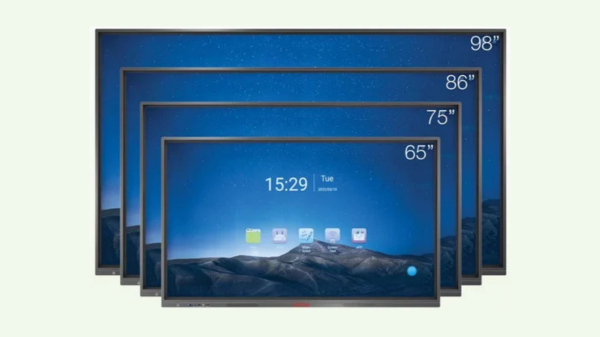Smart classrooms are transforming education by integrating digital tools that make learning more interactive and engaging. In today's tech-driven world, students expect more than traditional teaching. Solutions like interactive
whiteboards, smart podiums, and collaboration tools enhance how content is delivered, making classrooms more dynamic and effective. These technologies not only improve engagement but also support modern teaching methods and
multimedia integration.
A typical smart classroom includes interactive flat panels, digital devices like tablets and laptops, and real-time collaboration tools. Teachers can write, annotate and present lessons digitally while students participate
actively using connected devices. Smart podiums serve as a central hub for managing content, while video and audio tools ensure students whether in class or remote can follow along seamlessly. Features like screen sharing,
live annotations, and multimedia playback foster better communication and learning.
The benefits are far-reaching. For students, smart classrooms boost engagement, encourage participation, and cater to various learning styles. Teachers benefit from greater efficiency and flexibility in delivering lessons.
With access to digital resources and real-time feedback, they can personalize instruction and manage lessons more effectively. These solutions also support inclusivity, offering tools like captioning and screen readers to
assist students with different needs, while reducing health risks associated with traditional chalkboards.
Smart classroom technology has various applications. IT admins can remotely control classroom devices via apps turning off projectors, setting power schedules, and managing AV systems. Two-screen AV switching allows simultaneous
display of different content, such as notes and visuals. Schools can also broadcast announcements or live events directly to classrooms. Tools like one-touch control panels simplify teaching workflows, making the environment
more teacher-friendly.
Despite their benefits, smart classrooms do come with challenges. High setup costs and limited infrastructure can be barriers, especially for schools with tight budgets. Teachers also require training to use these technologies
effectively. Ongoing technical support is essential to ensure systems run smoothly, and any downtime can disrupt learning. However, with thoughtful planning and investment, these issues can be managed.
A variety of products make up a smart classroom system. Smart boards and podiums allow interactive teaching and device control. Media boxes streamline content sharing across devices, while document cameras help display
handwritten or physical materials to the entire class. Smart tables promote group learning, and audio systems improve classroom communication. Together, these components create a connected and efficient learning space that
supports collaboration and inclusivity.
